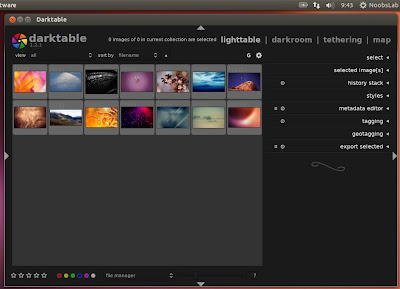
Development Īndroid 4.1 Jelly Bean was first unveiled at the Google I/O developer conference on June 27, 2012, with a focus on "delightful" improvements to the platform's user interface, along with improvements to Google's search experience on the platform (such as Knowledge Graph integration, and the then-new digital assistant Google Now), the unveiling of the Asus-produced Nexus 7 tablet, and the unveiling of the Nexus Q media player. In July 2021, Google announced that Google Play Services would no longer support Jelly Bean after August of that year. The first device with Android Jelly Bean was the 2012 Nexus 7.Īs of October 2022, 0.36% of Android devices run Jelly Bean. Two more releases were made under the Jelly Bean name in October 2012 and July 2013 respectively, including 4.2-which included further optimizations, multi-user support for tablets, lock screen widgets, quick settings, and screensavers, and 4.3-which contained further improvements and updates to the underlying Android platform. It focused on performance improvements designed to give the operating system a smoother and more responsive feel, improvements to the notification system allowing for expandable notifications with action buttons, and other internal changes. The first of these three releases, 4.1, was unveiled at Google's I/O developer conference in June 2012.

Among the devices that run Android 4.1 to 4.3 are the Nexus 7 (2012), Nexus 4, Nexus 10, Nexus 7 (2013), and Hyundai Play X. Unsupported since January 31, 2021, Google Play Services support dropped since August 2021 Īndroid Jelly Bean, or Android 4.1 is the codename given to the tenth version of the Android mobile operating system developed by Google, spanning three major point releases (versions 4.1 through 4.3.1). Android 4.2 Jelly Bean running on a Nexus 4Ĥ.3.1_r2 (JLS36I) / November 14, 2013 9 years ago ( )


 0 kommentar(er)
0 kommentar(er)
